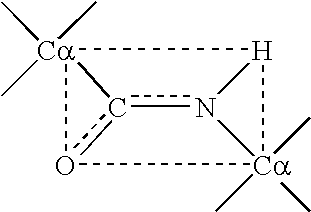Modified human growth hormone
a human growth hormone and growth hormone technology, applied in the direction of growth hormones, antibody medical ingredients, peptide/protein ingredients, etc., can solve the problems of affecting the efficacy of the therapy, affecting the effect of the therapy, and assuming the breakage of immunological tolerance,
- Summary
- Abstract
- Description
- Claims
- Application Information
AI Technical Summary
Benefits of technology
Problems solved by technology
Method used
Image
Examples
example 2
Method for Nave T-cell Assay Using Synthetic Peptides
[0152] The interaction between MHC, peptide and T-cell receptor (TCR) provides the structural basis for the antigen specificity of T-cell recognition. T-cell proliferation assays test the binding of peptides to MHC and the recognition of MHC / peptide complexes by the TCR. In vitro T-cell proliferation assays of the present example, involve the stimulation of peripheral blood mononuclear cells (PBMCs), containing antigen presenting cells (APCs) and T-cells. Stimulation is conducted in vitro using synthetic peptide antigens, and in some experiments whole protein antigen. Stimulated T-cell proliferation is measured using .sup.3H-thymidine (.sup.3H-Thy) and the presence of incorporated .sup.3H-Thy assessed using scintillation counting of washed fixed cells.
[0153] Buffy coats from human blood stored for less than 12 hours are obtained from the National Blood Service (Addenbrooks Hospital, Cambridge, UK). Ficoll-paque is obtained from Am...
PUM
| Property | Measurement | Unit |
|---|---|---|
| Biological properties | aaaaa | aaaaa |
| Immunogenicity | aaaaa | aaaaa |
| Affinity | aaaaa | aaaaa |
Abstract
Description
Claims
Application Information
 Login to View More
Login to View More - R&D
- Intellectual Property
- Life Sciences
- Materials
- Tech Scout
- Unparalleled Data Quality
- Higher Quality Content
- 60% Fewer Hallucinations
Browse by: Latest US Patents, China's latest patents, Technical Efficacy Thesaurus, Application Domain, Technology Topic, Popular Technical Reports.
© 2025 PatSnap. All rights reserved.Legal|Privacy policy|Modern Slavery Act Transparency Statement|Sitemap|About US| Contact US: help@patsnap.com

